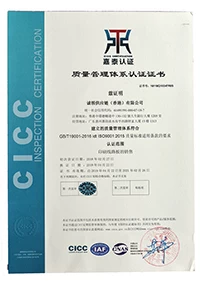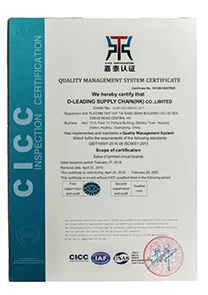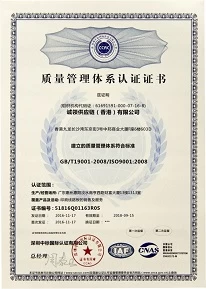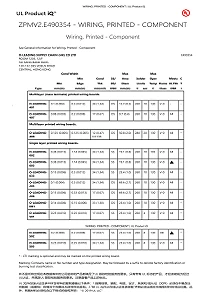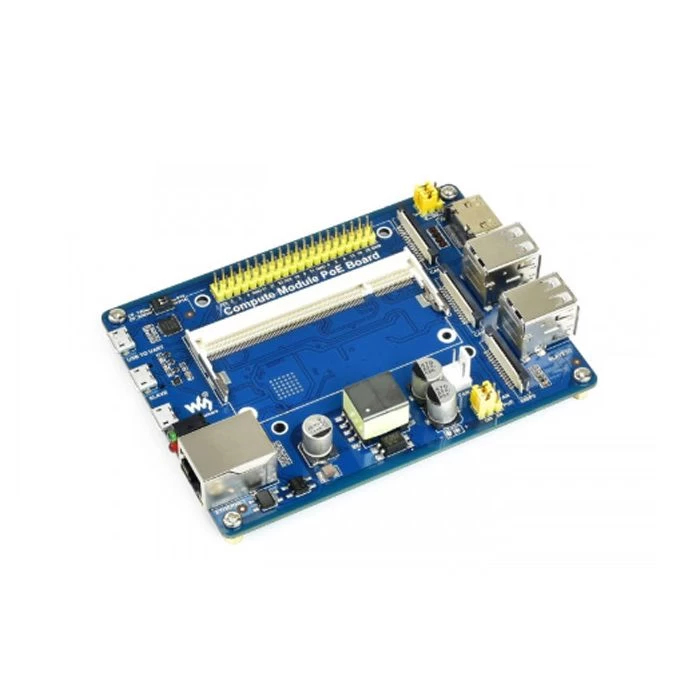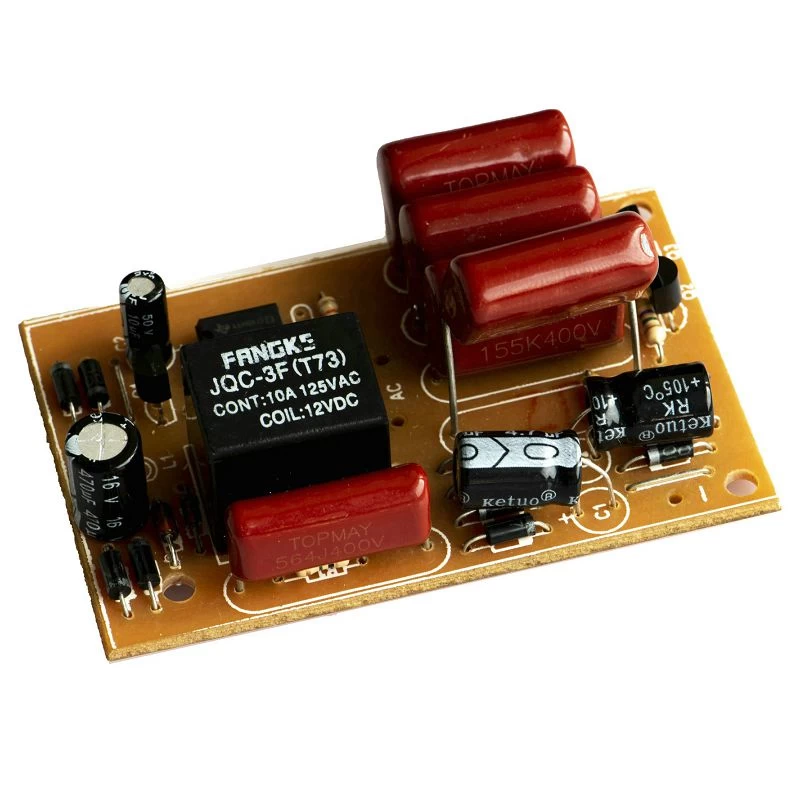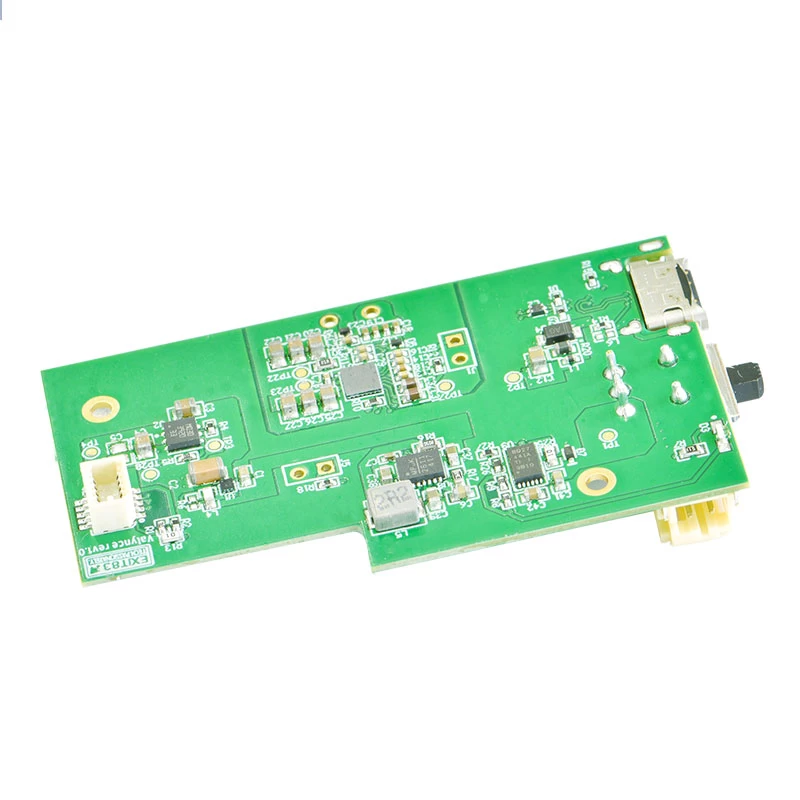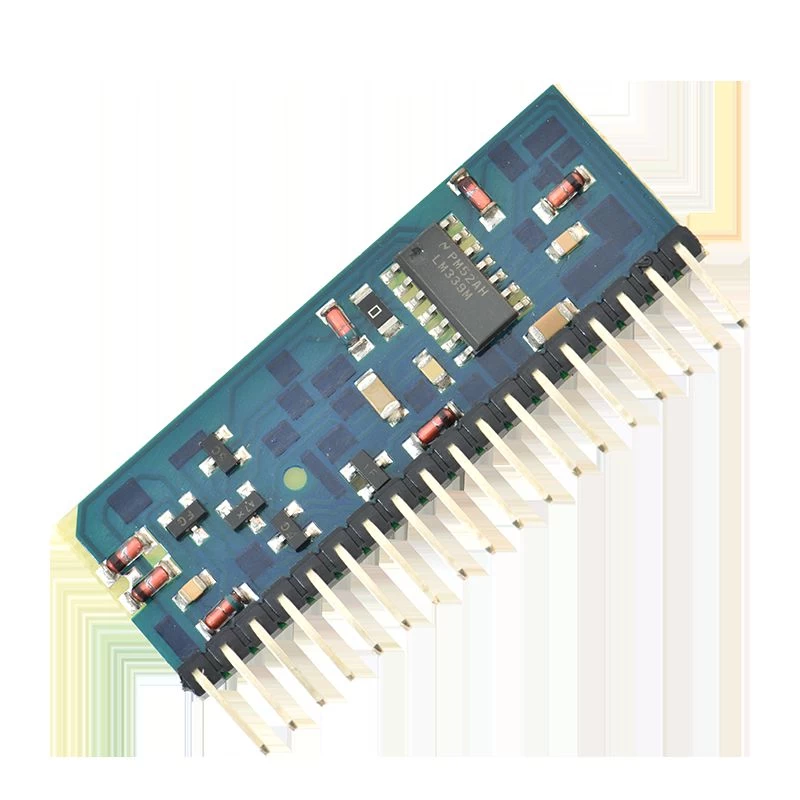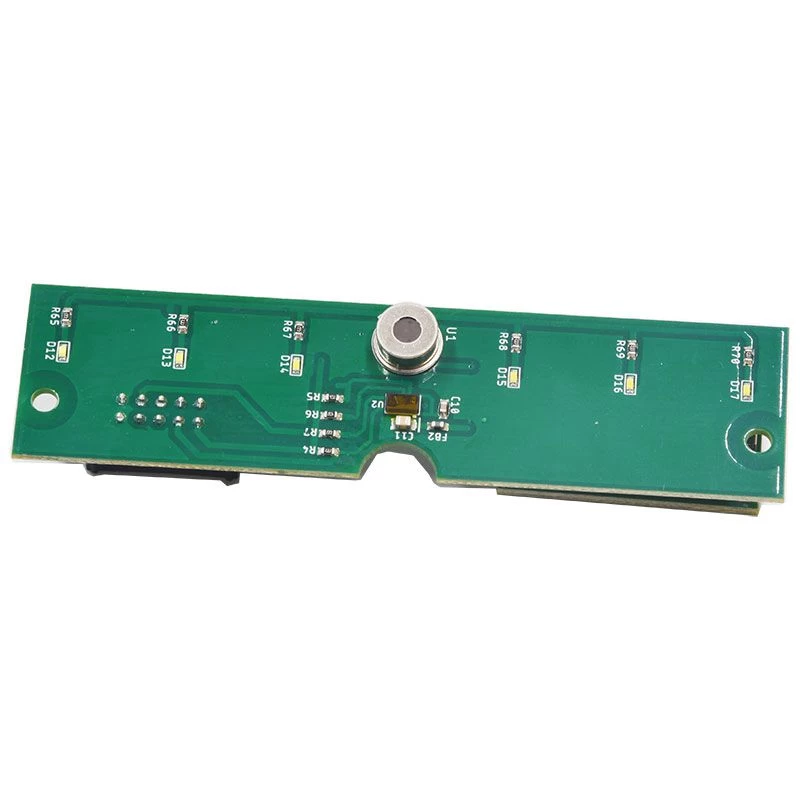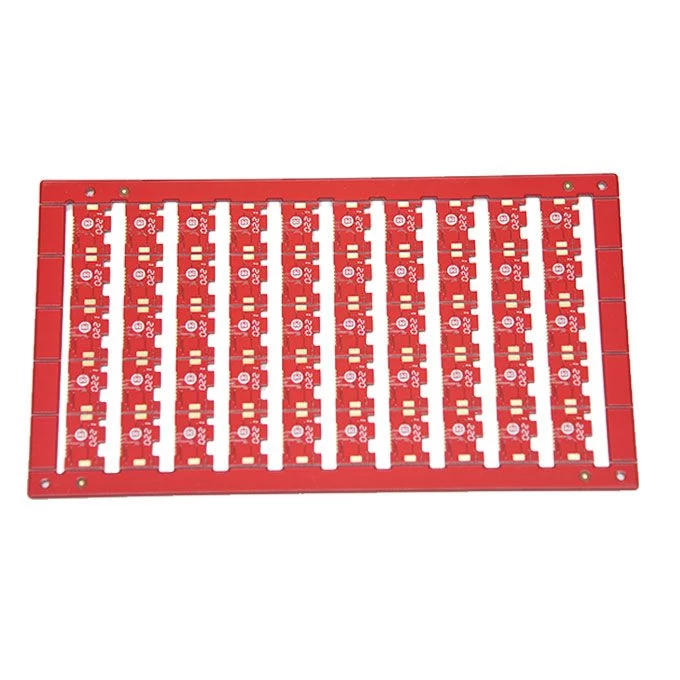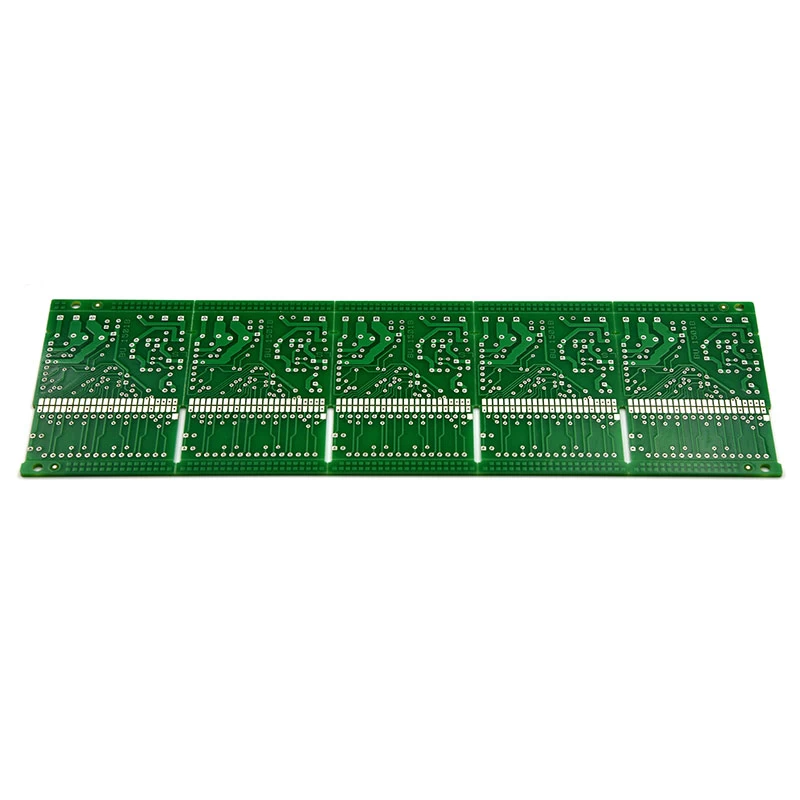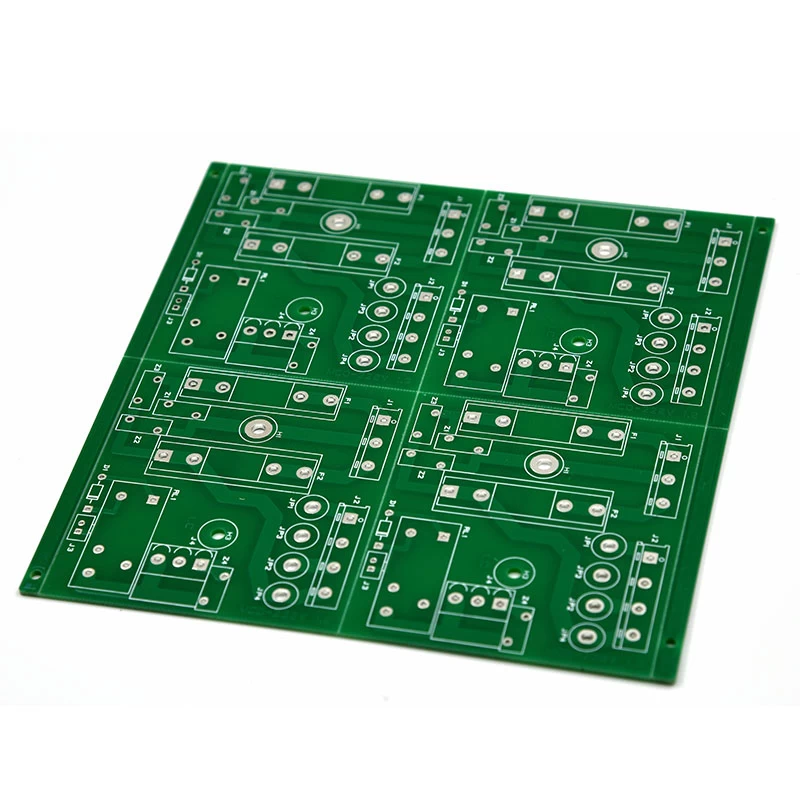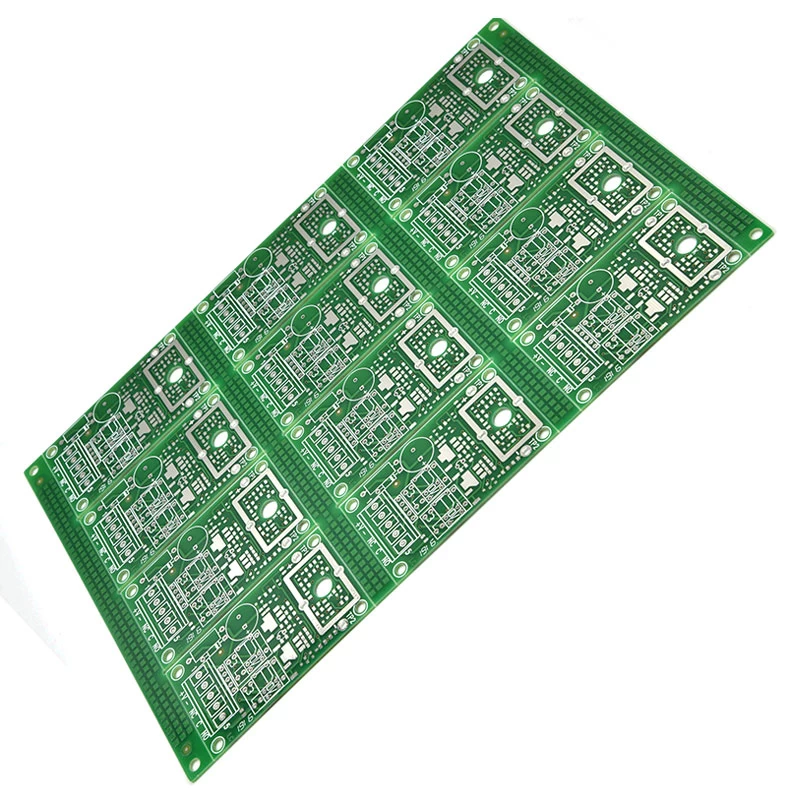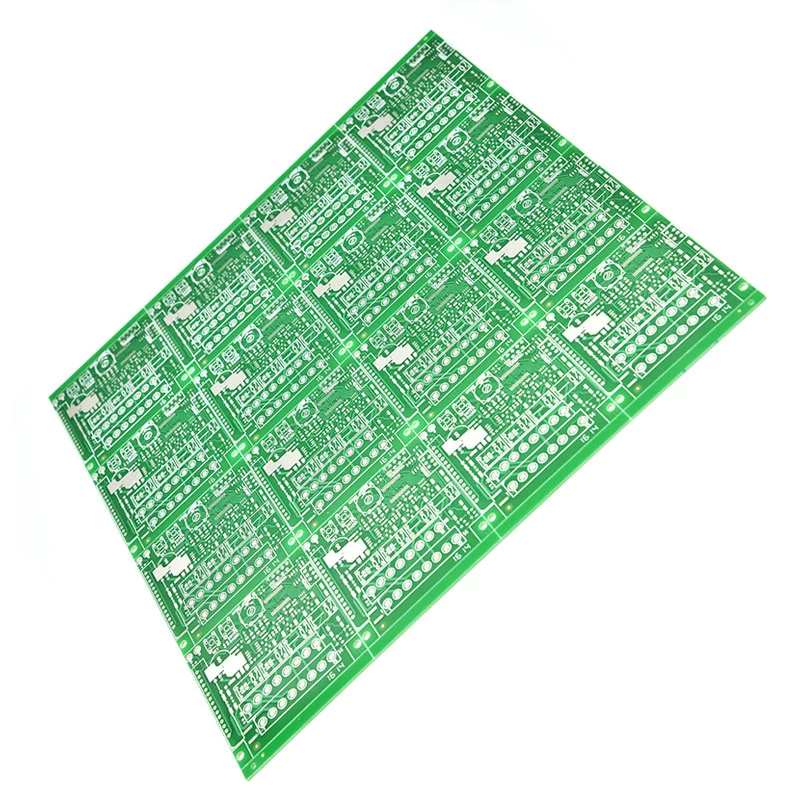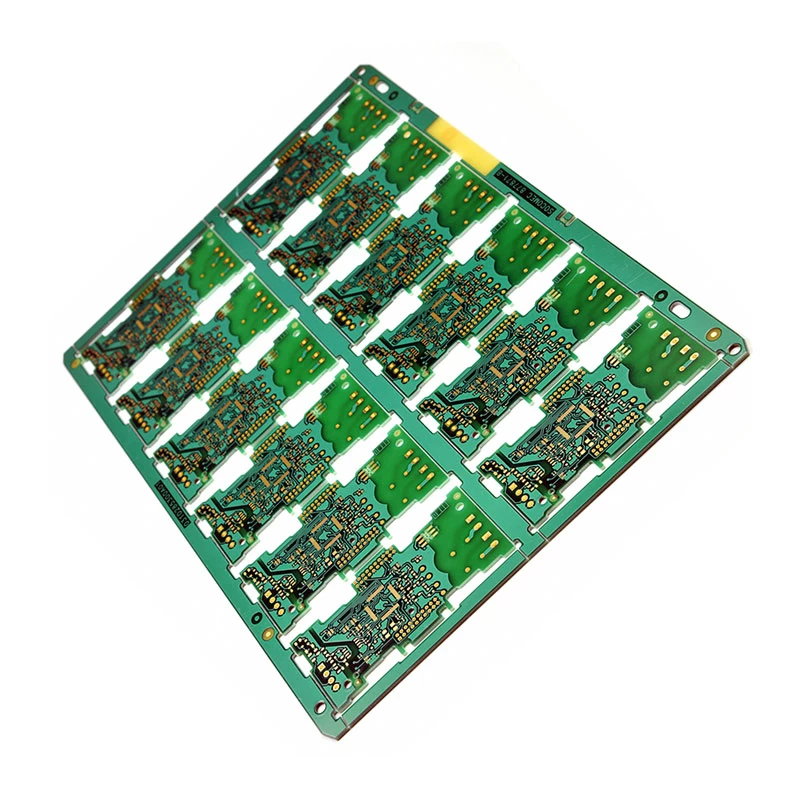How is the differential distribution pattern implemented?
o-leading.com
o-leading.com
2017-09-15 15:41:38
There are two points in the routing of differential pairs. One is that the lengths of the two lines should be as long as possible, and the other is the spacing of the two lines (which are determined by differential impedances), which is to remain the same, that is, to keep parallel. There are two parallel ways, one for the two lines, the same on the line (side-by-side), one for the two lines, and two for the upper and lower levels (over-under). In general, the former side-by-side (side-by-side, side-by-side) implements more.
For a clock signal line with only one output, how do I achieve differential distribution lines?
It is meaningful to use differential distribution lines, both the signal source and the receiver, which are differential signals. Therefore, the differential distribution line can not be used for a clock signal with only one output.
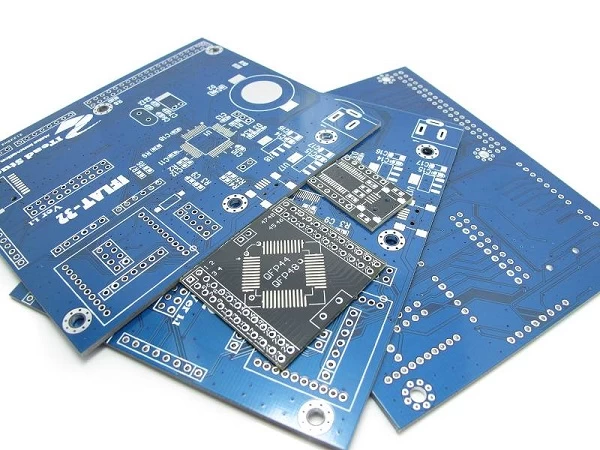
Can a matching resistor be added between the differential lines of the receiver?
The matching resistance between the differential lines of the receiving end is usually added, and the value should be equal to the value of the differential impedance. In this way, the signal quality will be better.
Sma

For a clock signal line with only one output, how do I achieve differential distribution lines?
It is meaningful to use differential distribution lines, both the signal source and the receiver, which are differential signals. Therefore, the differential distribution line can not be used for a clock signal with only one output.

Can a matching resistor be added between the differential lines of the receiver?
The matching resistance between the differential lines of the receiving end is usually added, and the value should be equal to the value of the differential impedance. In this way, the signal quality will be better.







